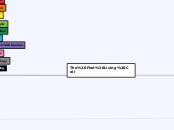The First Living Cell
Bacteria
Unicellular microorganisms
which do not have organelles
and nucleus, but do have a
cell wall.
Eubacteria
Unicellular organisms
that have a single loop
of DNA called a "plasmid"
Coccus
Round shape

Streptococcus
Bacillus
Rod-like shape
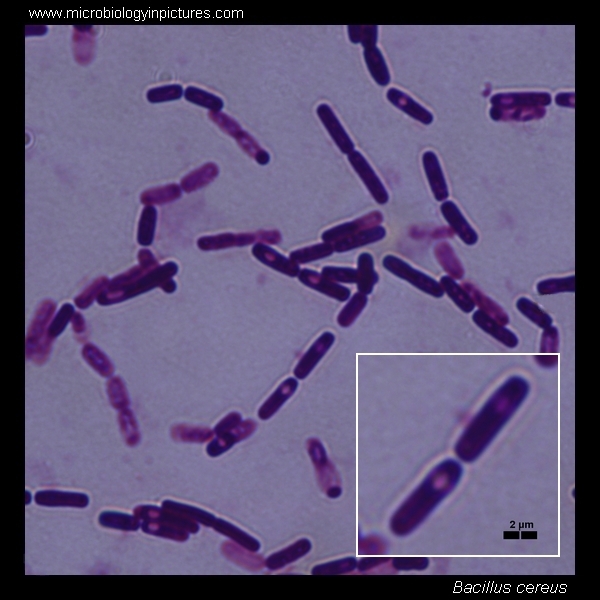
Bacillus cereus
Sprillum
Spiral shape

Spirillum volutans
Archaea
Microorganisms that
resemble bacteria but
have different genetic
properties. Do not have
a cell nucleus.
Archaebacteria
Oldest organism's
on Earth. They can
inhabitant very hot,
acidic, and salty
conditions.
Anaerobic Methanogens
They exist in an animal's
guts and/or at the base
of marshes. They mainly
produce all of the methane
gas on earth.

Methanocaldococcus Jannaschii
Halophiles
This bacteria tends
to live in highly
salty areas. For ex,
the Dead Sea.

Halococcus
Thermophiles
This bacteria can
withstand extremely
hot temperatures
and/or acidic areas.
They typically live in
naturally formed hot
springs.

Alicyclobacillus
Eukarya
Organisms that have
a nucleus in which they
contain all their genetic
information`.
Animalia
Animals are heterotrophic
and diploids. They are
multi-cellular organisms.
They usually develop from
a zygote (excluding sponges)
Porifera
The least complex
animal as they have
no symmetry.
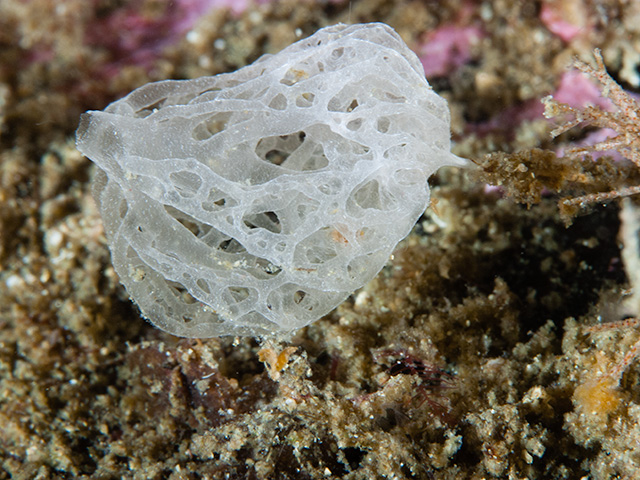
Calcareous Sponge
Cnidera
These animals are
considered more
complex than Porifera
as they were the first
to display radial
symmetry.

Immortal Jellyfish
Platyhelminthes
These animals are more
complex than Cnidarians
as they were the first to
display bilateral symmetry.
They were also the first to
have a central nervous system.

Tricladida
Nematoda
Nematods are more complex than
Platyhelminthes as they the first
to have a complete digestive tract.
The development of a body cavity
(coelom) forms to surround the digestive
tract. Less complex animals have a sac.
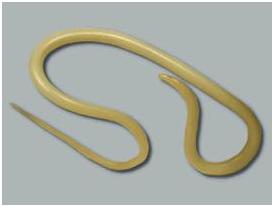
Ascaridida
Annelida
Annelids are more complex
as they were the first to
display segmentation. They
also have a closed circulatory
system.

Earthworm
Arthropoda
These animals are more
complex as they have
jointed appendages
for quicker movement.
Myriapods
Characterized by
having no antenna,
myriads of legs and
mandibles.
Chilopoda
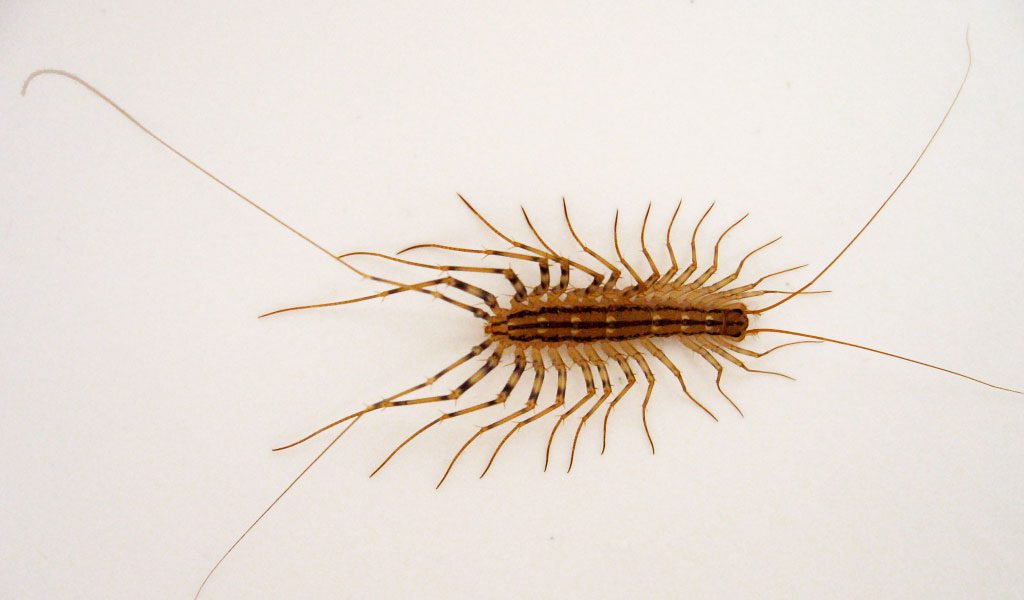
House Centipede
Diplopoda

Julida
Symphyla

Garden Centipedes
Pauropoda
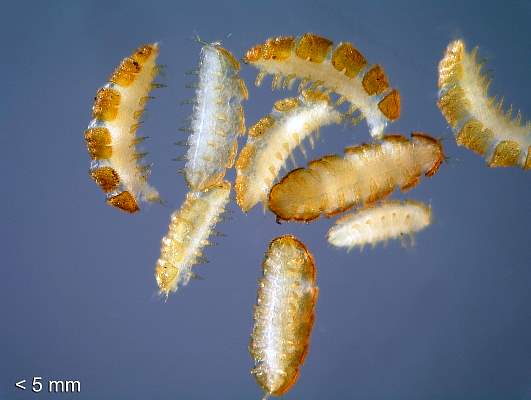
Crustaceans
These animals are
characterized by
having mandibles,
compound eyes, and
biramous appendages.
Malacostraca

Snow Crab
Maxillopoda
Barnacle
Branchiopoda

Fairy Shrimp
Ostracoda
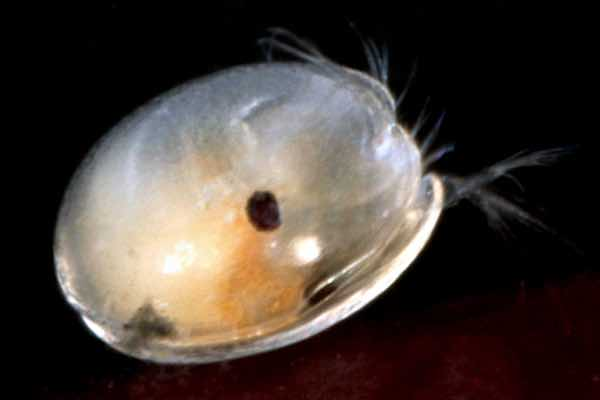
Myodocopa
Chelicerates
These animals have
2 body segments,
and 6 pairs appendages.
Arachnida
Wolf Spider
Merastomata
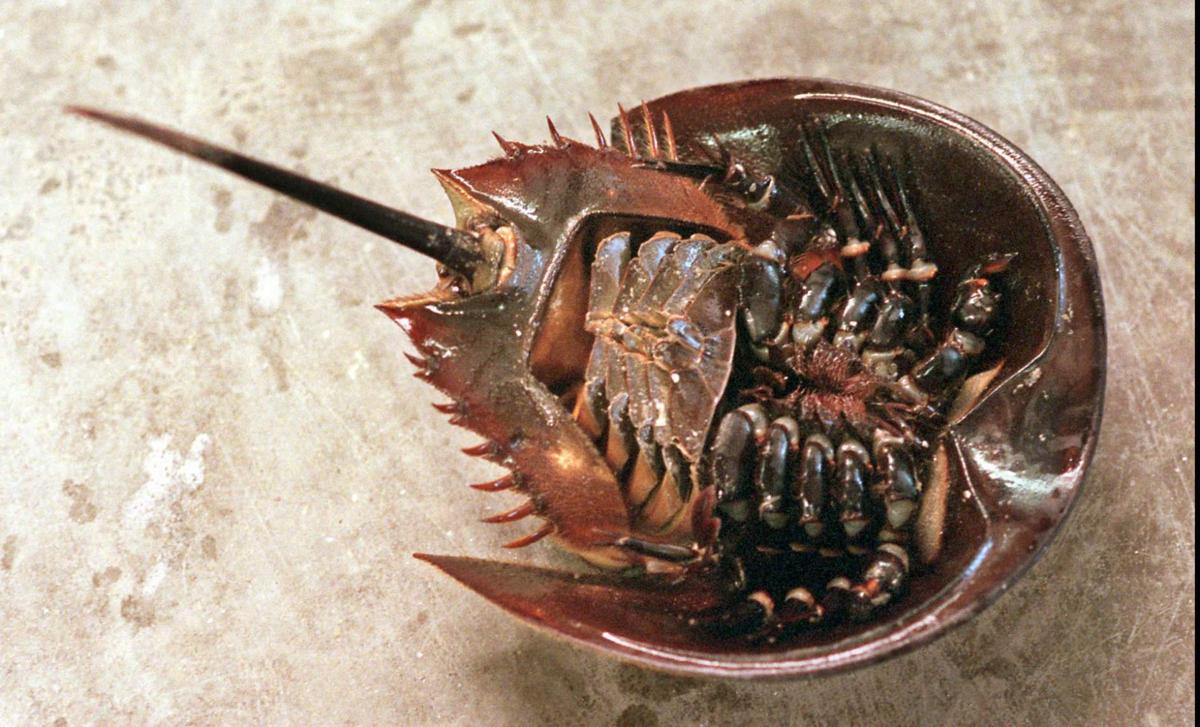
Horseshoe Crabs
Pycnogonida

Sea Spider
Hexapoda
Their body is divided
into a head, thorax,
abdomen, uniramous
appendages, and one
pair of antennae.
Insecta
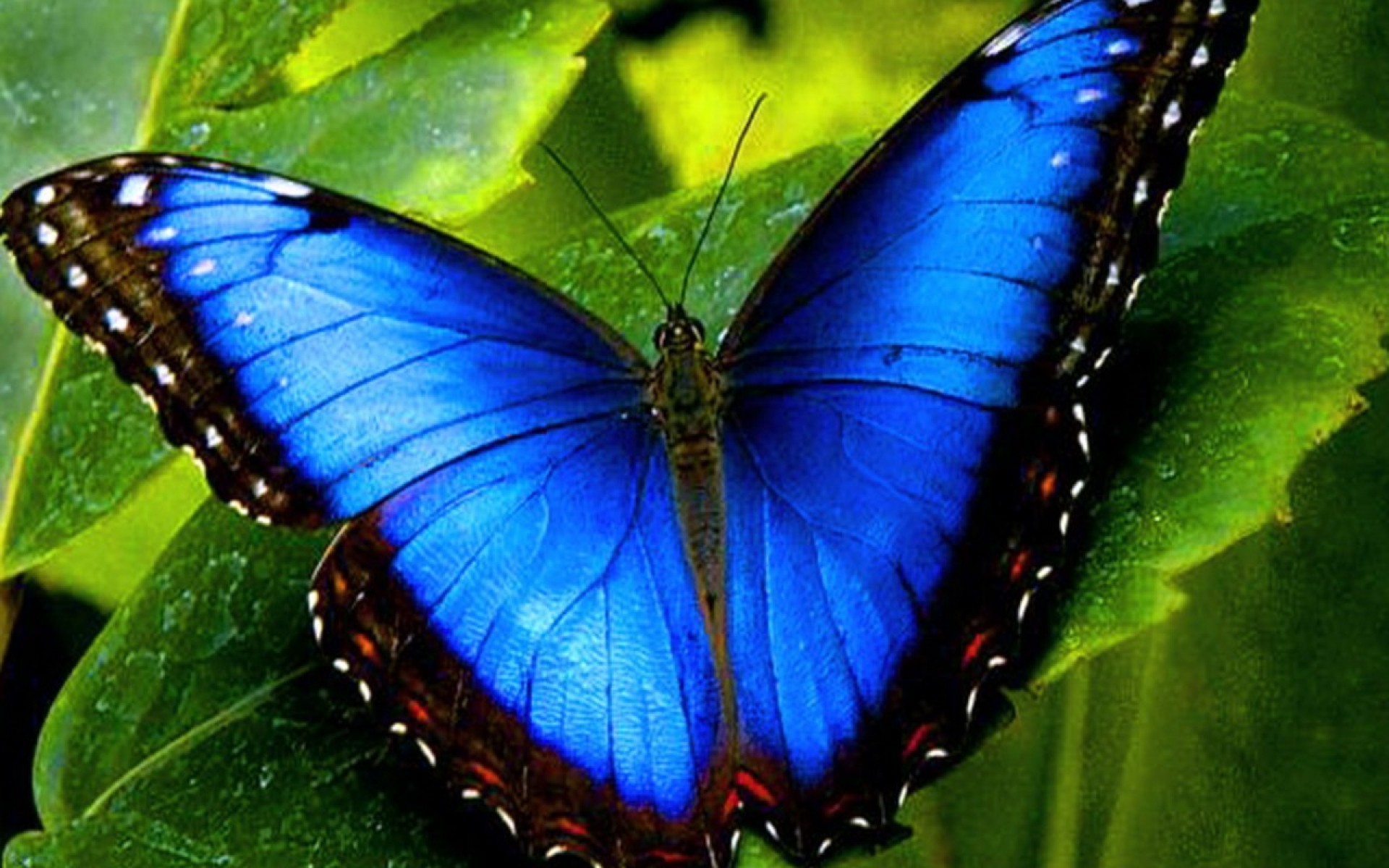
Blue Morpho Butterfly
Ectognatha

Protura
Enchinodermata
These animals are more
complex as they are
deuterostomes, which
means the first opening
in the embryo becomes
an anus.

Sea Cucumber
Mollusca
Mollusks are more
complex as they are the first
to have a well-developed
excretory system.
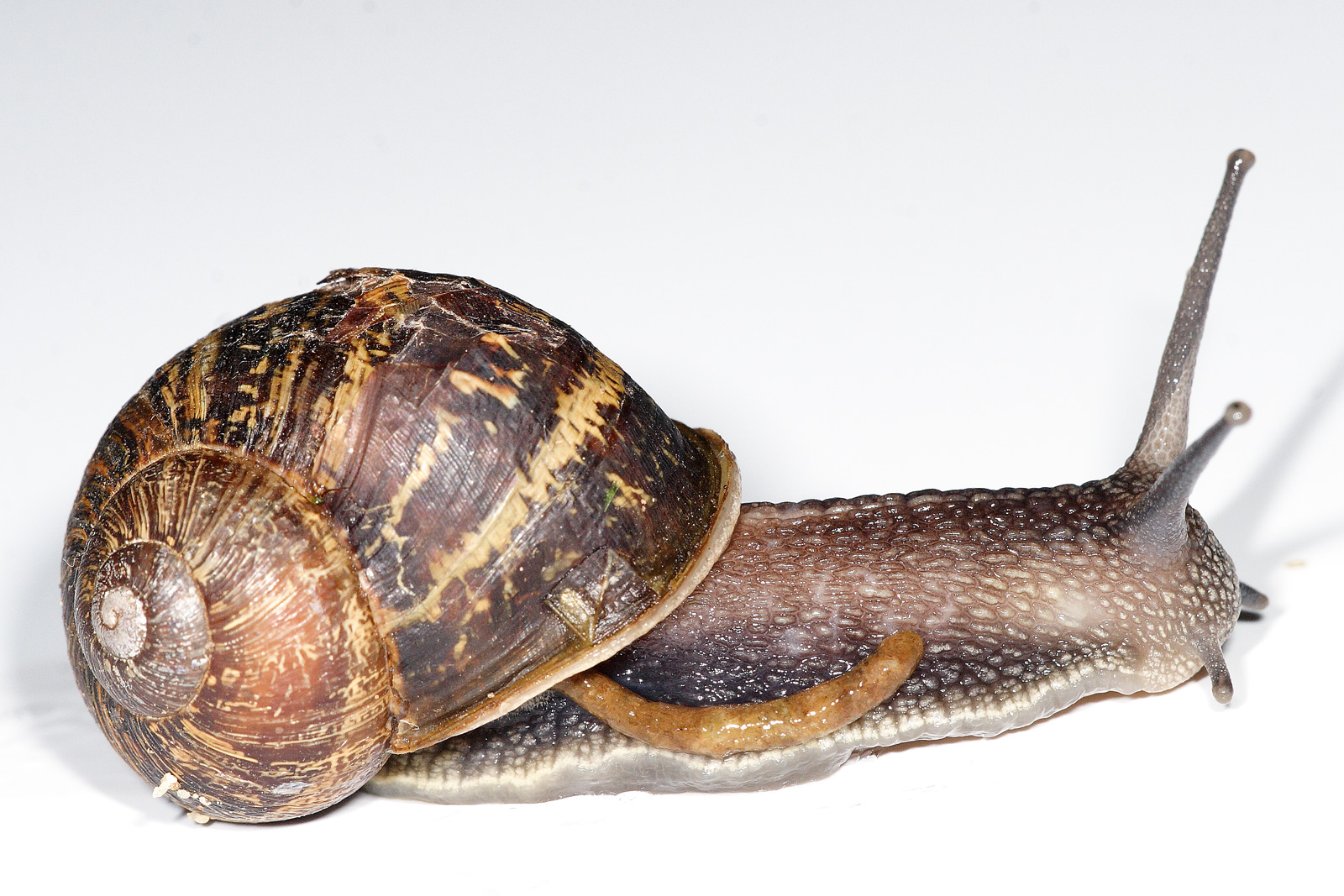
Garden Snail
Chordata
Most complex animals as
they are the first to develop
and a large dorsal nerve cord
and a backbone to protect the
dorsal nerve cord.
Tunicates
Cephlochordates
Vertebrates
Agnathans
Chondrichthyes

Hammerhead Shark
Gnathostomata
Osteichthyes
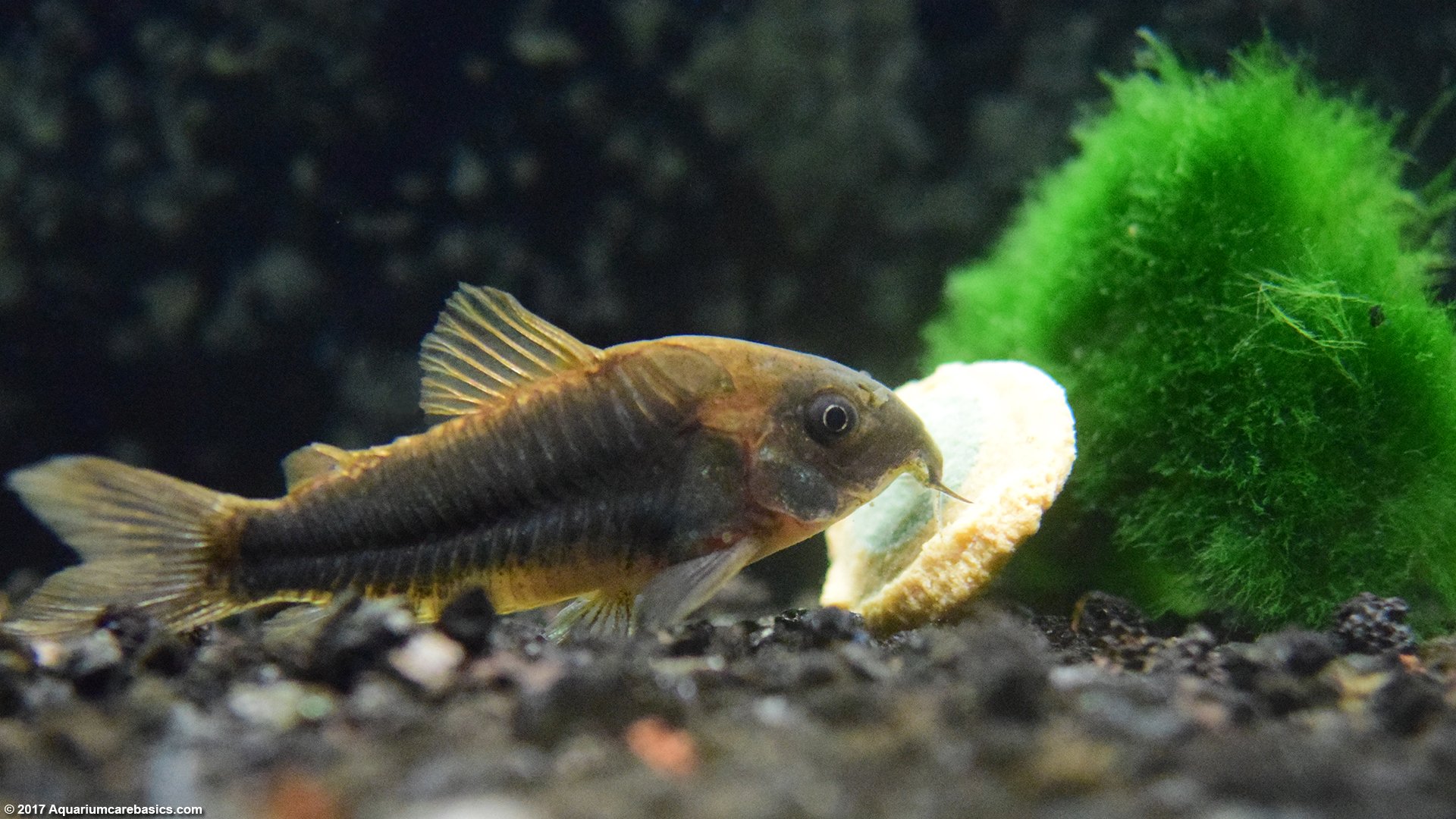
Cory Catfish
Amphibians
Amphibians adapted to
terrestrial life as their gills
were replaced with lungs.
They also adapted to skin
that retains more moisture,
and eyelids to help see
outside water.

Poison Dart Frog
Reptilia
They adapted to life on
earth as they no longer
needed to rely on their
skin to absorb oxygen.
They have lungs which
help them breathe on
earth.

Sea Turtle
Aves
Aves adapted to life on earth
as they have very lightweight
bones which help them fly.
They also have feather which
help them fly.

Ruby-throated Hummingbird
Mammalia
Mammals adapted to life on earth due to their nervous system functions, backbone, a four chambered heart (which allows oxygen get to all places in the body faster), and more.
Monotreme
Monotremes are mammals
that lay eggs through their
cloaca after it is fertilized.
Monotremes mate, and after
mating
Monotremata
They produce milk to feed
their young, have hair, a
single jaw bone, and three
middle ear bones.
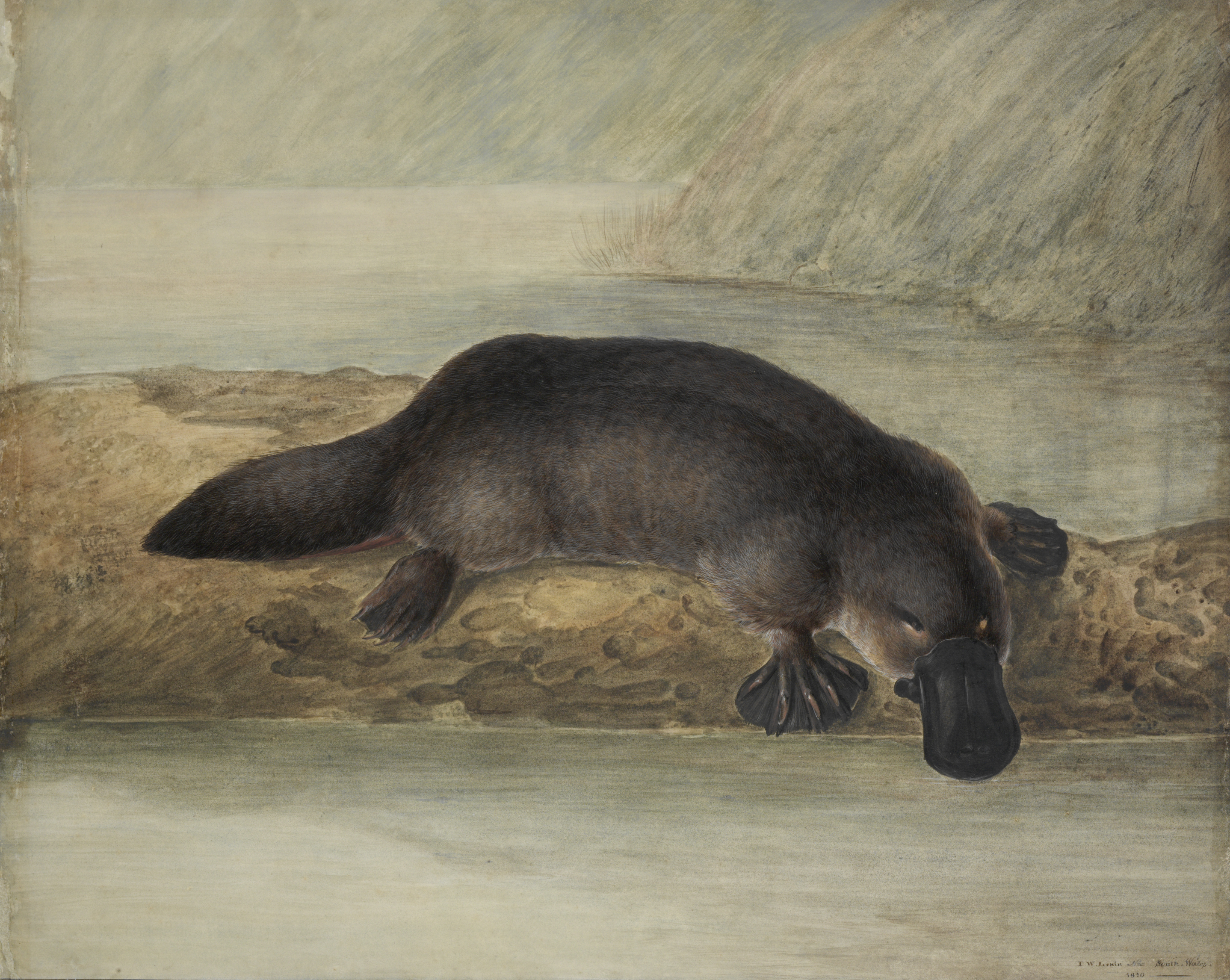
Platypus
Marsupials
Mursupials reproduce
by giving birth to a live
but undeveloped fetus.
This fetus then crawls
into the mother's pouch
and stays there for a
given amount of time.
Marsupials are superior
to monotremes as they
give live birth and
monotremes lay eggs.
Diprotodontia
Most have at least three
pairs of incisors in their
upper jaw. They do not
have canine teeth either.

Red Kangaroo
Placental Orders
Placental mammals
reproduce after mating.
The fetus forms and
stays within the placenta
of the mother for a given
amount of time. Placentals
are superior to marsupials
as they have a placenta
which gives oxygen and
nutrients to the fetus,
whereas marsupials have
no internal placenta.
Carnivora
They walk on their
toes, or flat feet like
humans. Includes
terrestrial, aquatic,
and semi-aquatic
species.
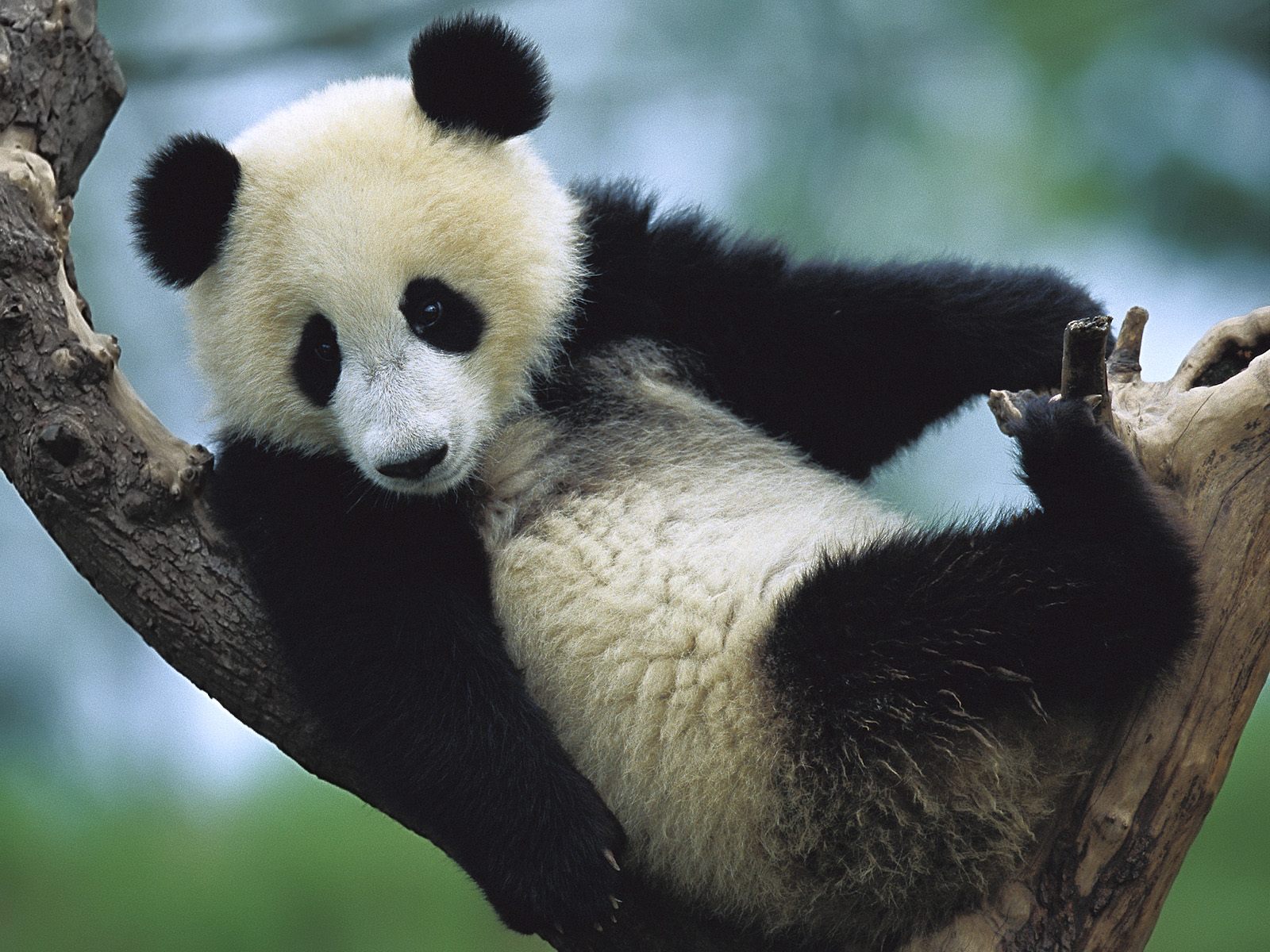
Giant Panda
Fungi
Fungi can be either multi-cellular or
unicellular. They are eukaryotes and
heterotrophs (depend on other organisms
for nutrients). They also do not
photosynthesize as they are not plants.
Zygomycota
These are common molds
such as the mold that grows on
bread. It can reproduce sexually
or asexually using a process
called "conjugation".

Bread Mold
Ascomycota
These are sac fungi.
They can reproduce
asexually or sexually.
They tend to reproduce
asexually through the
budding of conidia.

Yeast
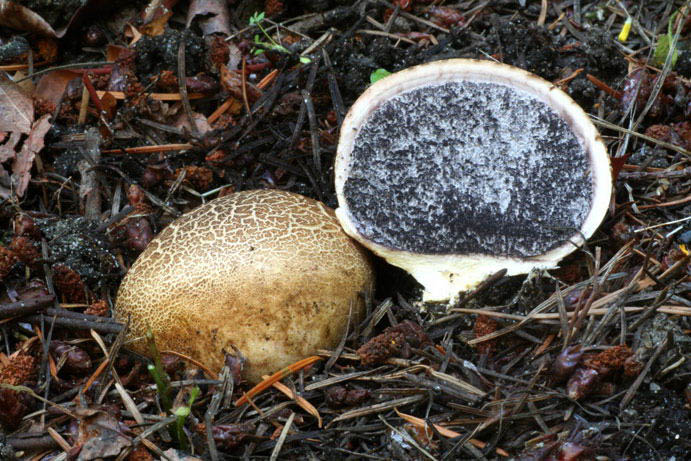
Truffles

Morels
Basidiomycota
These are club fungi.
They reproduce sexually
as two different mating
strains are needed.

Mushrooms
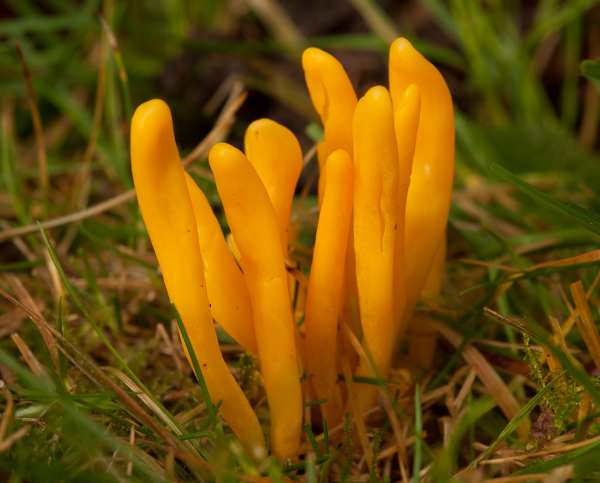
Club Fungi
Deuteromycota
These are imperfect fungi.
They can only reproduce
asexually. This happens once
asexual conidiospores are
formed.

Parasitic
Plantae
Multi-cellular organisms that have a cell wall made of cellulose. They photosynthesize as they have chlorophyll a & b.
Bryophyta
They adapted to life outside of water as they have a waxy cuticle which helps the plant from drying out.
Bryophyta

Mountain Fern Moss
Hepaticophyta

Violet Crystalwort
Anthocerophyta

Hornwort
Seedless Vascular
As these plants do not have seeds, they spread through windblown spores, helping them adapting to new areas. This slowly led to some of them being able to adapt to more dry areas.
Pterophyta

Ostrich Fern
Lycophyta
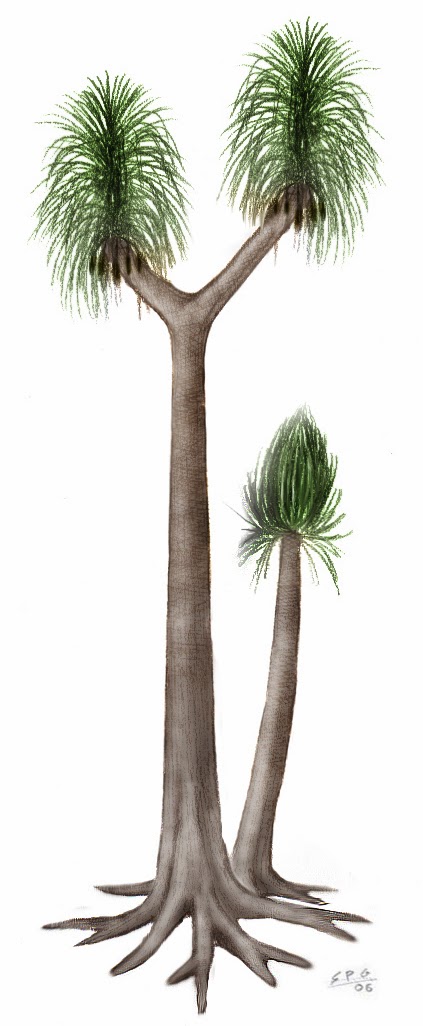
Sigillaria
Gymnosperms
Gymnosperms adapted to life on earth as they have a vascular system that conserves water. The system is also used to transport nutrients and water.
Coniferophyta

Mountain Pine
Cycadophyta

Sago Palm
Gnetophyta
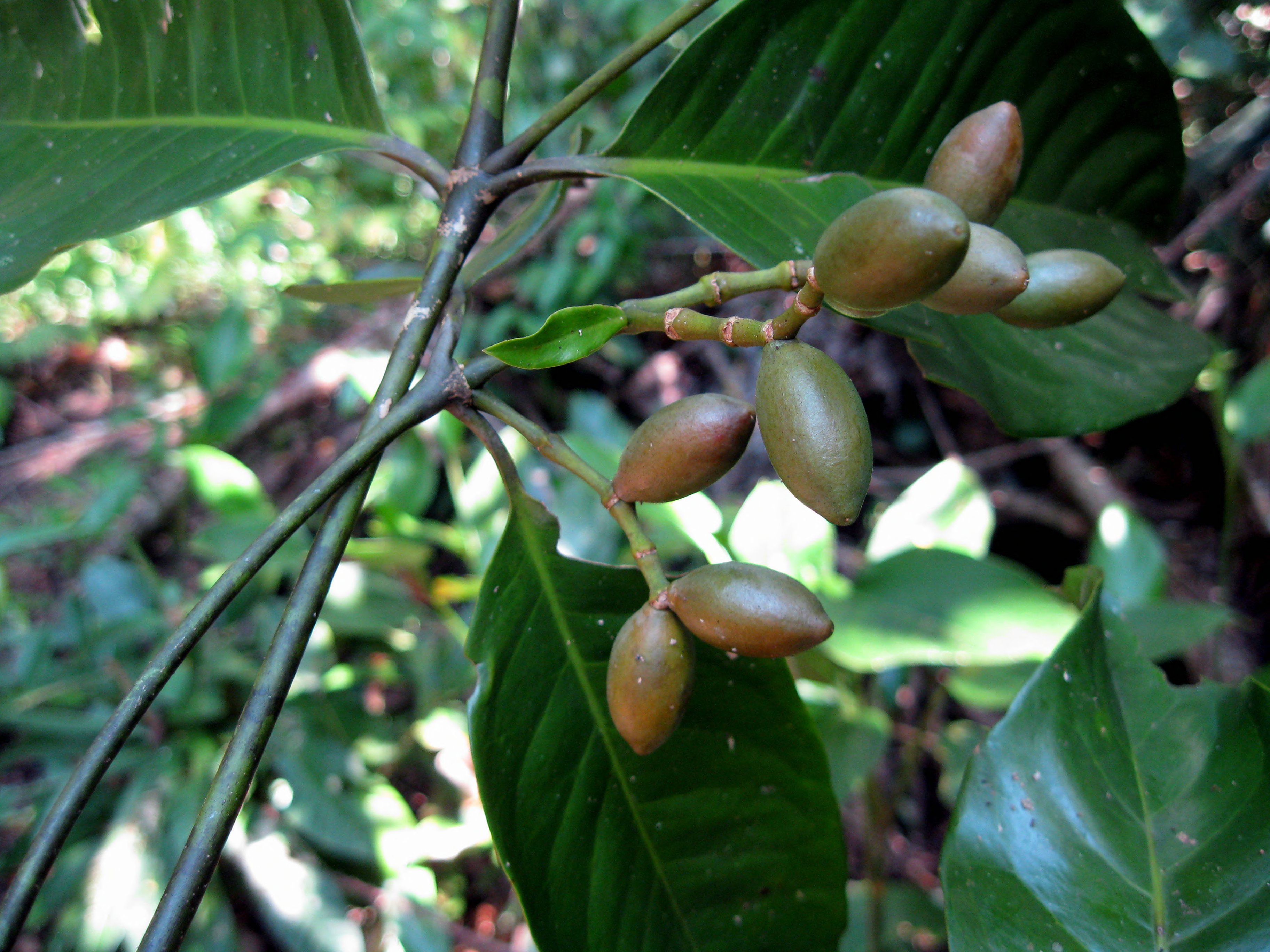
Melinjo
Ginkgophyta

Maidenhair Tree
Angiosperms
Angiosperms adapted to life on earth as they have a vascular system, seeds, and flowers. The flowers help them reproduce through pollination.
Anthophyta

Rose
Protista
They can be either multi-cellular
or unicellular. They are eukaryotic
and have a nucleus, vacuole, and
mitochondria.
Plant-Like
Plant-like protists feed by
using their cilia to sweep food
towards themselves. They also
contain chloroplast and carry out
photosynthesis to create food.
Phaeophyta
Kelp
Chrysophyta
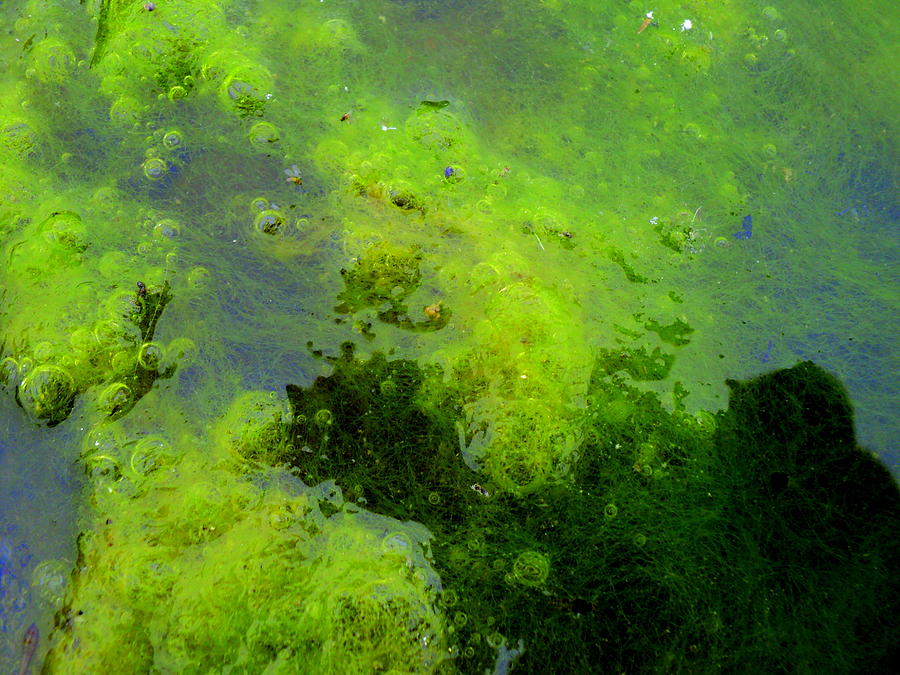
Green Algae
Rhodophyta

Coralline Algae
Euglenophyta
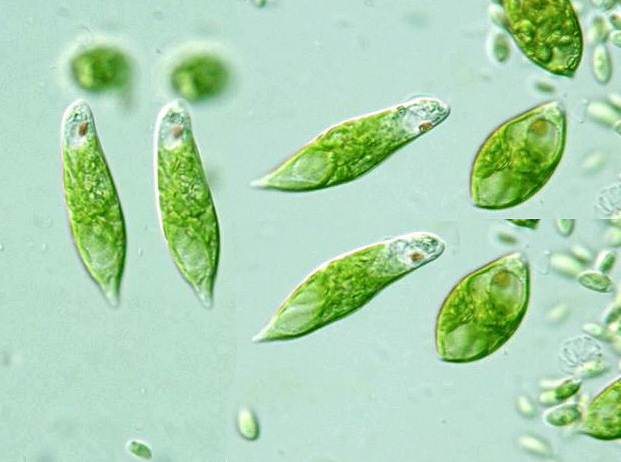
Euglena Viridis
Chlorophyta

Prasinophyceae
Pyrrophyta
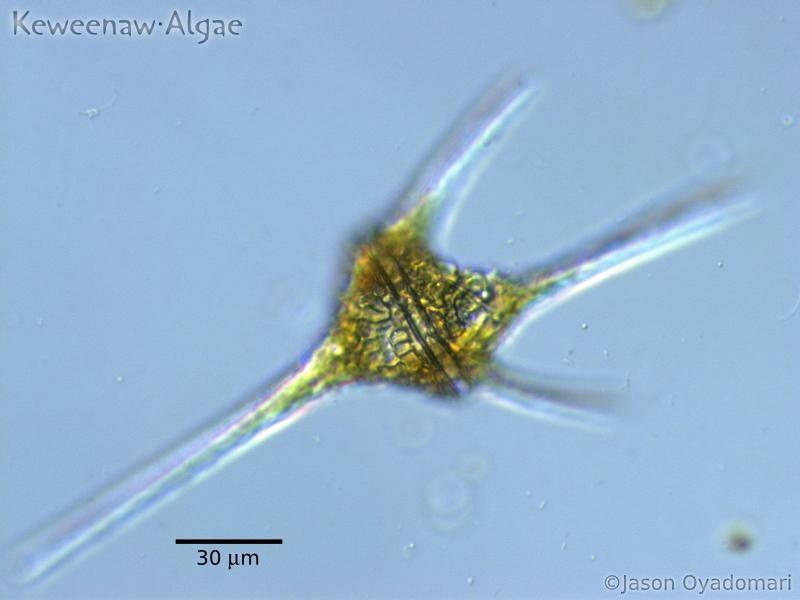
Dinoflagellates
Animal-Like
These protists must move to ingest
their food. They obtain it in two ways.
1. Halozoic, they engulf their food through
endocytosis.
2. Saprozic, absorb predigested food.
Rhizopoda
Rhizopoda move using
pseudopods, and they
also use them to engulf
their food.
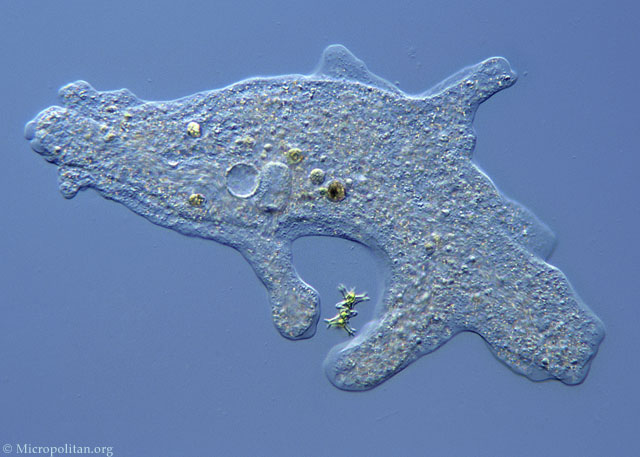
Amoeba Proteus
Actinopoda
Actinopoda also move
using pseduopods. They
use them to feed as well.

Heliozoa
Foraminifera
Foraminifera move
using psuedopods.
They also use these
thin-hair like cyto-
plasm extensions to
get their food.
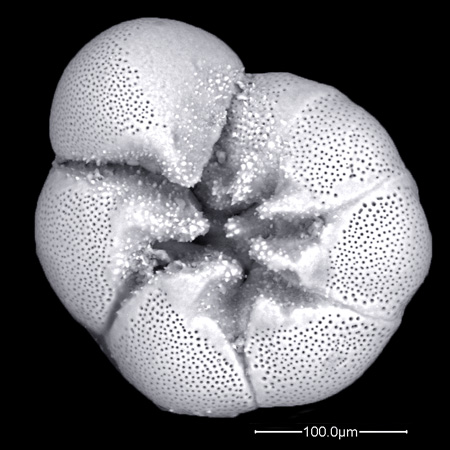
Ammonia Tepida
Sarcodines & Ciliophora
Sarcodines & Ciliophora
use pseudopods to move
from one place to another.
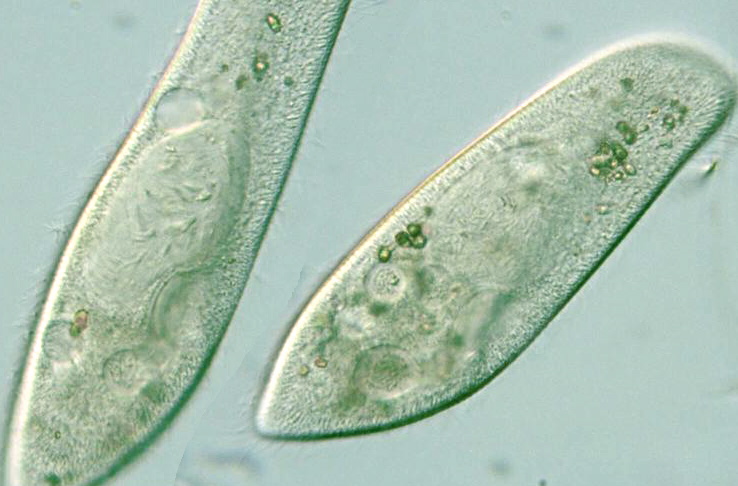
Paramecium Caudatum
Fungi-Like
Fungi-like protists feed by
absorbing nutrients from other
living things. They cannot produce
their own food, and most are
decomposers.
Apicomplexa
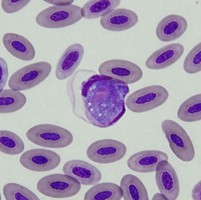
Piroplasmida
Oomycota

Peronosporales
Acrasiomycota

Mycetozoa
Myxomycota
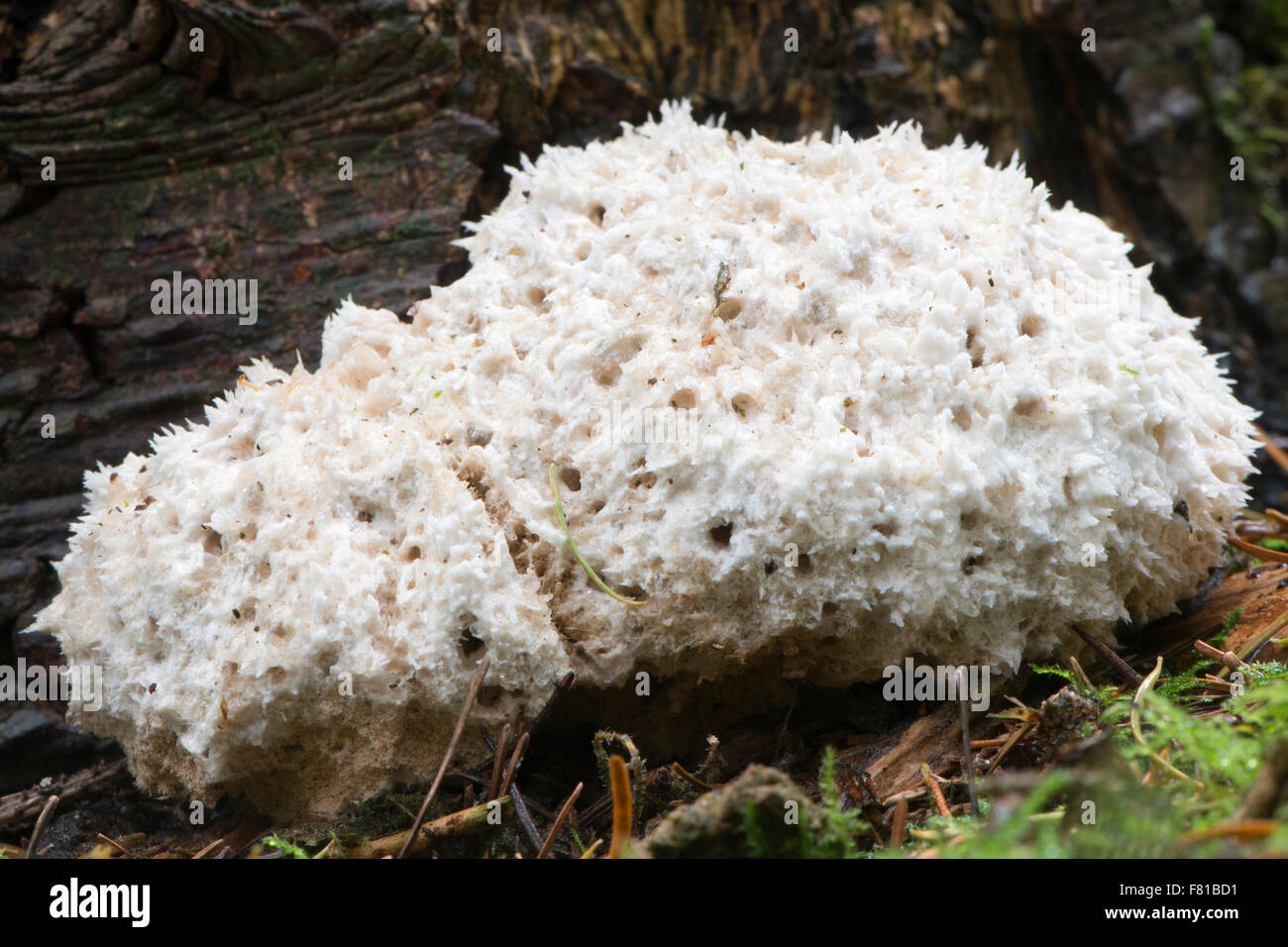
Myxogastria
